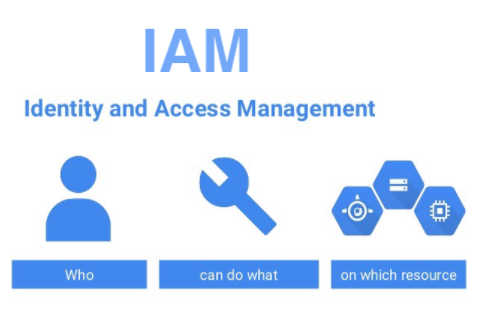Identity and access management (IAM) is the discipline to enable the right individuals to access the right IT resources, such as systems applications, files, and networks, at the right time for the right reasons. This often needs to be enabled across diverse technologies and the resulting processes must meet the security policies of the organization. The IAM system is a critical part of IT infrastructure of any larger organization.
An IAM system aims at centralizing and to a large degree automating the provisioning and de-provisioning of users. This is done by introducing a single identity store that spans the entire organization and a single point of administration. The introduction of roles and approvals allows for even more automation, compliance, and self-service.
Implementing, replacing, or merging identity and access management systems can present a challenge for organizations and is associated with costs. So, we think it is worth looking at the benefits of having a well-functioning IAM system in place.
Improved User Experience
Managing access does not mean that gaining access must be hard. A good IAM system enables quick, easy, and secure access to those individuals who need it and can have it based on security policies.
One major advantage of successful IAM is that it enables Single Sign On (SSO) for the end-user. That means that users do not have to login to each application individually. Instead they have a single login that they can use to access all systems they need for their interactions including systems by third-party providers. This leads to higher employee productivity and loyalty due to easier, faster, and more precise access. For costumer centric IAM it leads to a better customer experience.
Even developers have a better experience when developing custom solutions for the organization as they can focus on business logic and don’t’ have to build local authentication for each application.
Administrators are also happier as they have fewer manual steps since they do not need to give each access individually due to the help of automation, the introduction of roles and self-service.
Depending on security regulations an IAM system can help to allow remote access as well as bring your own device (BYOD).
Improved Security
When users must remember multiple passwords it often leads to weak passwords and the reuse of passwords. Enabling single sign-on leads to more secure passwords and thus improved security overall.
When security policies change, with an IAM system in place authentication methods can be changed quickly. Instead of changing authentication for each individual application it only must be changed once for the entire organization. For example, if an additional authentication factor (see 2FA/MFA) needs to be added this can be done more easily.
The risk of false access is significantly decreased with an IAM system in place. The risk of internal attacks, external attacks and human error are much lower. However, to keep that level of security, high-privileged users should be reviewed regularly, and the entire IAM system should be subject to regular clean ups.
Identity and access management can also help to secure identity silos and thus improve overall data security. Without IAM every project team of every application must implement access management and data security measures to protect passwords and identities. With IAM developers can focus on business logic and IT architecture.
Real-time Auditing & Governance
The information about who had or has access to which systems is available at any time and stored in audit databases. This information can be used to create completely automated access reports.
In case of security threads access rights can be changed quickly and globally and can also be tracked to detect the source of an incident.
Organizations are constantly changing. Role management allows for organization-wide change of responsibilities of employees and restructuring of the organization when needed. To still ensure flexibility, a good IAM system will also allow to grant additional temporary access where needed in special cases.
Less Operational Cost
Identity and access management systems enable complete and efficient identity lifecycle management with a single administration point resulting in less manual administrative steps.
IAM systems can also offer self-service. Self-service enables each identity to login to the identity and access management system and make changes to its profile such as to reset the password or request access to a resource that it did not have before. This reduces the workload of both helpdesk and administrators. However, to enable a normal user to request access rights approval-based IAM needs to be implemented.
Enable business growth
Identity and access management systems can introduce a large degree of automation in an organization thus making the entire organization much more scalable. An IAM process can automate large parts of the onboarding and offboarding processes as well as employees changing departments or being promoted. The same is true for costumer centric IAM systems, which can help to enable the organization to handle rapid growth of its customer base.







